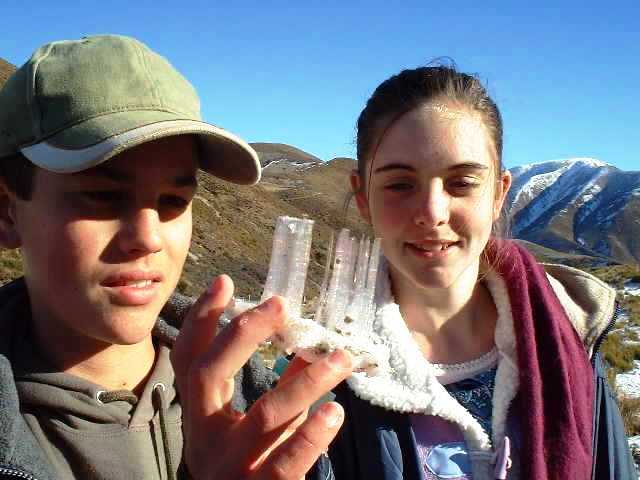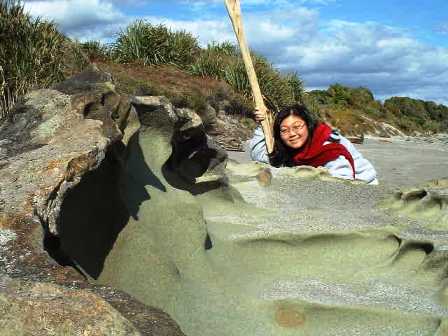|
Erosion affects settlements, industry and
ecology. It involves rain, rivers, wind, snow, temperatures chemical reactions, oceans,
and vegetation. Interested groups see most of these types learning how
they affects us all.
This knowledge helps is improve our lives and to ensure a safer environment.
Tectonics
New Zealand is on the junction of the two
colliding plates causing volcanoes and uplifting twisting shattering
mountains. These shattering mountains are quickly eroding with the high
volumes of water, wind and ice.
MORE
KANES
experienced staff take us to the best places to view these tectonic events and to
help us understand the causes and effects of these processes.
Volcanoes
We
visit volcanoes where soft ashes are being quickly removed by wind and
water.
Limestone Erosion
We look at
the special ways this material erodes through chemical processes rather than
the usual mechanical its development processors and visit many different
features including wind eroding tors, caves, cave formations and sinkholes. On the
"worlds best tourist tourists highway" in the South Island we explore
fascinating coastal shapes and features . Guided tours into
caves with erosion
formations are available in both Islands.
River Erosion
We
can explore the erosion processes through many different rivers of all types
and locations.
Coastal Erosion
New Zealand's coasts full of
geographical features because of the large variety of material types swept with currents,
violent storms, shattering tectonic movements and sliced by multitudes of
purging rivers .
KANES arrange for audio visuals and guidance at especially planned sites for study
groups where we learn about the causes and processes of erosion.
See also Coasts
Glacier Erosion
During the ice ages huge glaciers filled
all the hollows of
today's lakes and valleys. These monsters beautifully sculptured the land moving billions
of tonnes of material.
Interested guests learn to understand how these were formed and
carved the land into the fascinating shapes we enjoy today. Glaciation is fastest
main erosion process we know of. See also
Glaciers *
Lakes formed by erosion
Because New Zealand is
new there are many lakes.
Studies look of the various ways erosion processes formed them and their long tern destination.
See also Lakes *
Frost
Shatter and
Frost
Heave
This process simply smashes rocks and the soils
allowing the wind and rain to shape and transport them. We find this occurring during the New Zealand winter months.
See Aalso Erosion in the Alpine Trails Zone
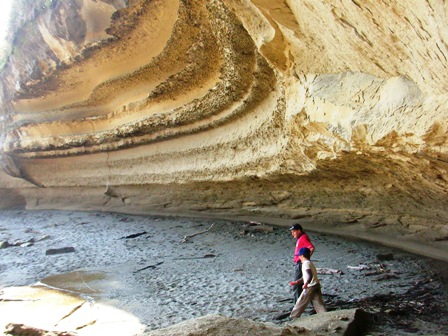
Washed by waves
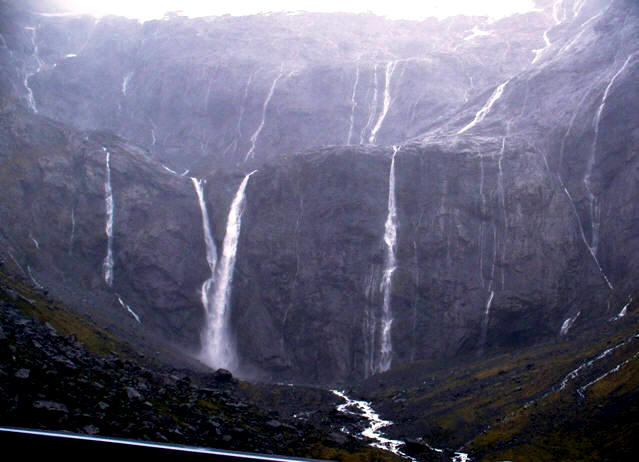
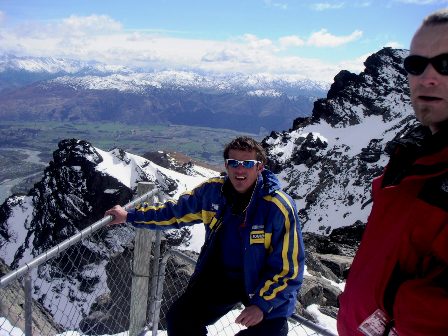
Alpine
shattering

Alpine
Fan
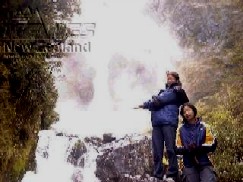
Water falls
|
